The Baltimore & Ohio Railroad played a profound role in the creation of modern America, yet it is largely unfamiliar to most people. Chartered in 1827, the B&O was America’s first railroad, and had a dramatic impact on the country. One of the railroad’s key investors was Charles Carroll, who in 1828, was the last surviving signer of the Declaration of Independence. Carroll was enthusiastic about the railroad’s potential, and served as the guest of honor for the groundbreaking ceremony on July 4th, 1828. Carroll considered the construction of the B&O Railroad critical for America’s future, and remarked “I consider this among the most important acts of my life, second only to my signing of the Declaration of Independence, if even it be second to that.”
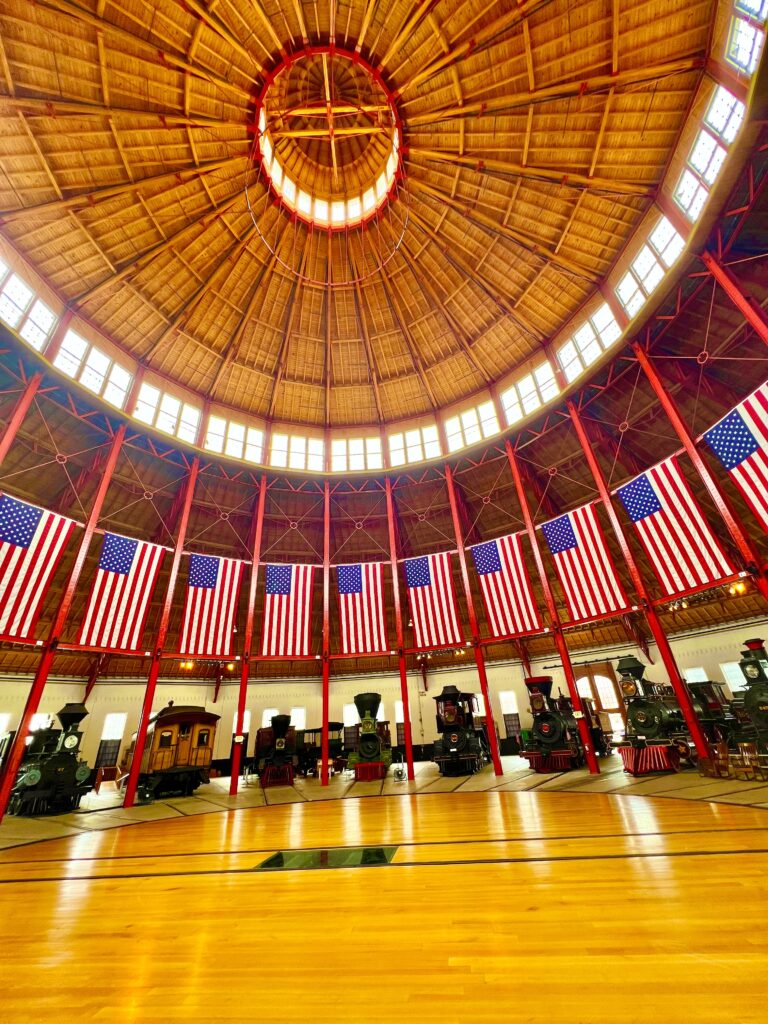
Located in downtown Baltimore, a little less than a mile from Camden Yards, the B&O Railroad Museum stands on historic ground. Housed within the old B&O roundhouse, this is the site of America’s first mile of commercial railroad tracks, as well as its first train station, known as Mt. Clare Station. Additionally, this was the home of America’s very first steam locomotive, the “Tom Thumb”. It was here in Baltimore that America’s railroad revolution began, setting off decades of economic, social, and cultural change.
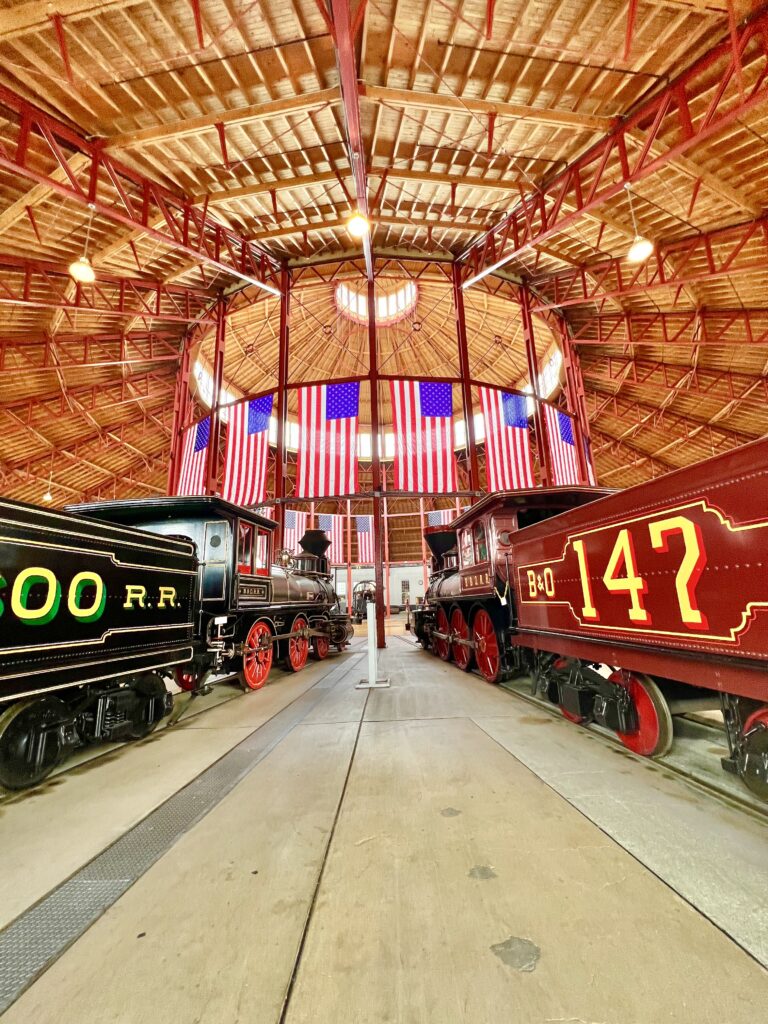
The historical significance of the Baltimore & Ohio doesn’t stop with it being the country’s first railroad. Throughout its nearly 200 year history, the B&O has been played a part in many historic moments. Some of the most famous occurred during the Civil War, a period when the B&O was nicknamed “Mr. Lincoln’s Railroad”, due to its strategic importance to the Union Army. The B&O Railroad Museum features quite a bit of Civil War history, and rightfully so. The Civil War is generally considered the world’s first modern war, and railroads were one of the key technologies that changed how warfare was conducted.
My favorite Civil War piece was the “William Mason”, the locomotive that took President Lincoln from Baltimore to Washington, for his first inauguration in 1861. Not only was it involved in that historic moment, but it’s a beautiful locomotive, with a very nice looking color scheme. Coming in second, was B&O Boxcar No. 17001, which is 1 of only 2 boxcars surviving from the Civil War, both of which are in the museum’s collection. Admiring the boxcar, it’s impossible not to wonder what kind of freight it hauled during the war. We’ll never know, but it’s interesting to think about.
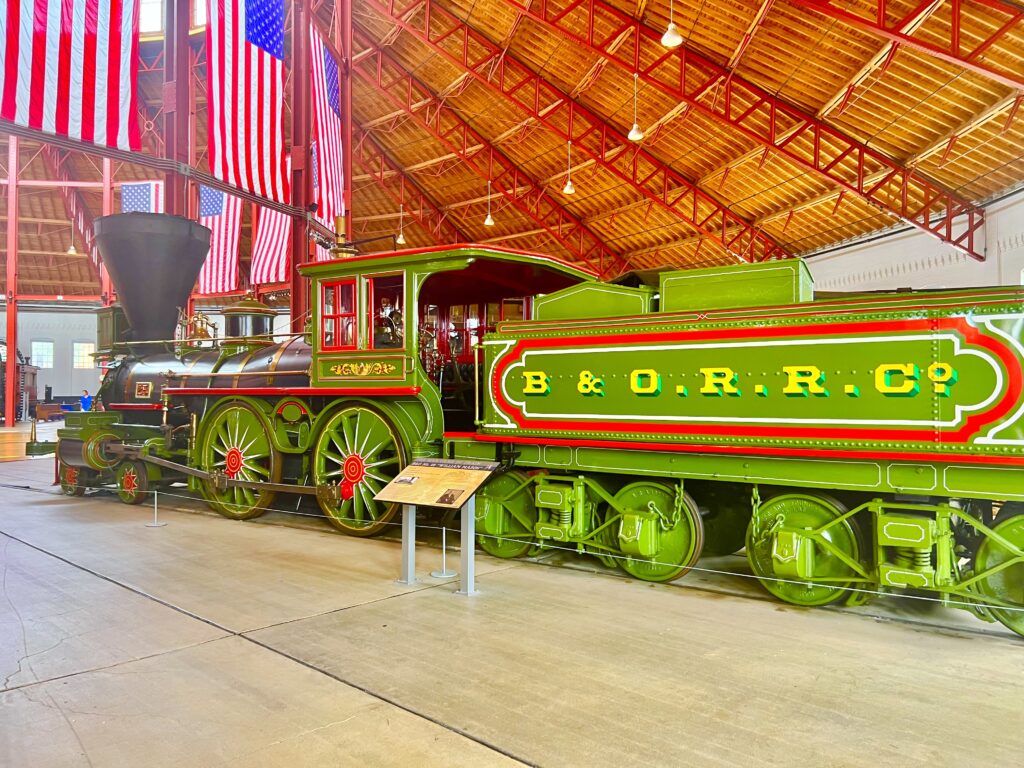
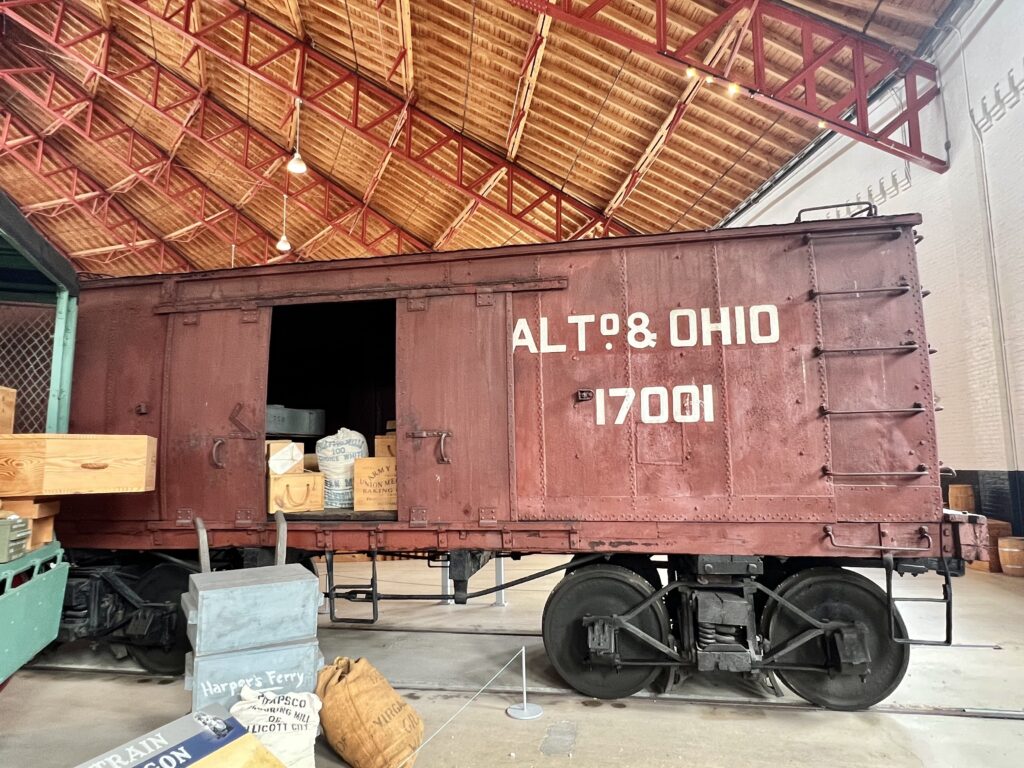
The Civil War exhibits were my favorites, but there was plenty more to see from later time periods. Other locomotives were tied to themes such as technological progress, cultural impact, and economic development. These are broad and important topics beyond the scope of this post, but needless to say the B&O Railroad played a role in all of them.
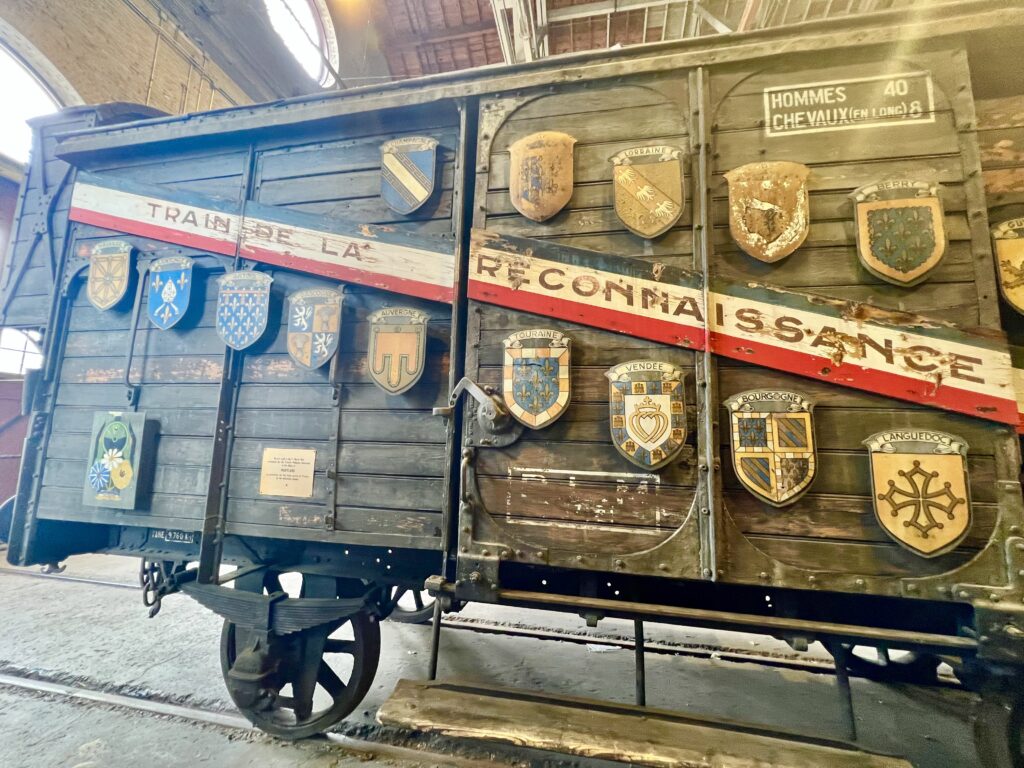
The B&O Railroad Museum preserves a really important piece of American history, and it’s very interesting. Even if you’re not particularly interested in railroads, or their historical importance, it’s still a cool place to visit. Minutes from Camden Yards and the Inner Harbor, you can easily incorporate the museum into a day spent in downtown Baltimore. It’s a little unconventional, but for anyone looking for something different, the B&O Railroad Museum is well worth a visit.

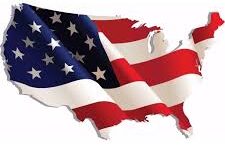
If you are ever blessed to have a child that loved trains as much as you did as a kid you will definitely need to take him/her here one day:)
All I know about trains is when the Lord said, “brains,” I thought he said, “trains,” and I missed mine at the station. 🤪
I’m a fan of Presidential history and Abe is #1 on my list. How cool to see that locomotive that delivered him to his inauguration!